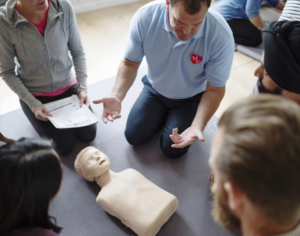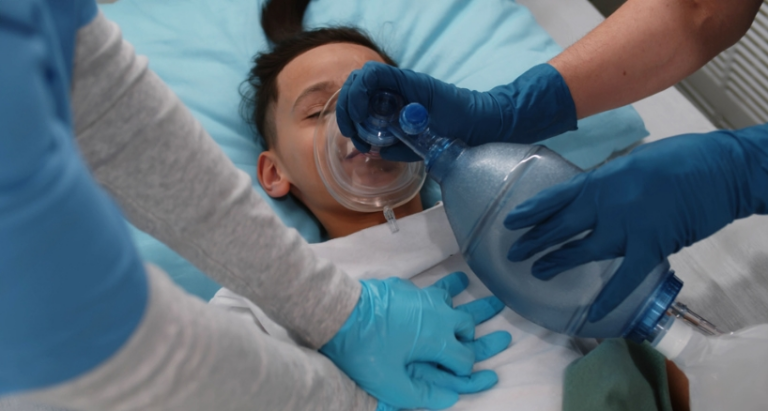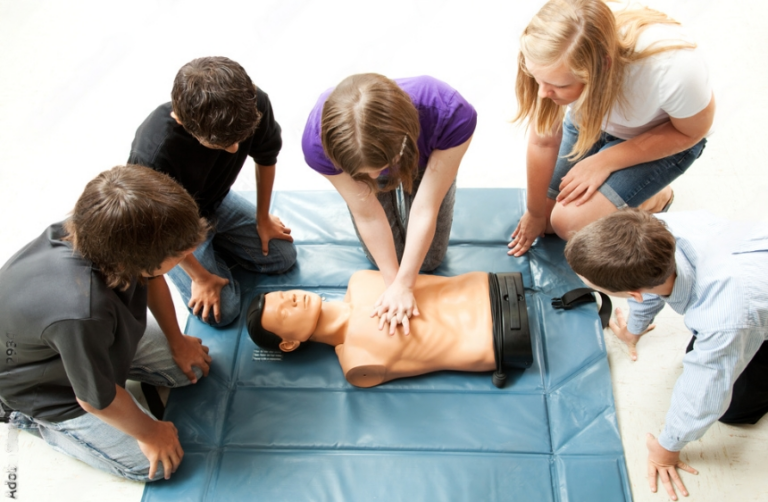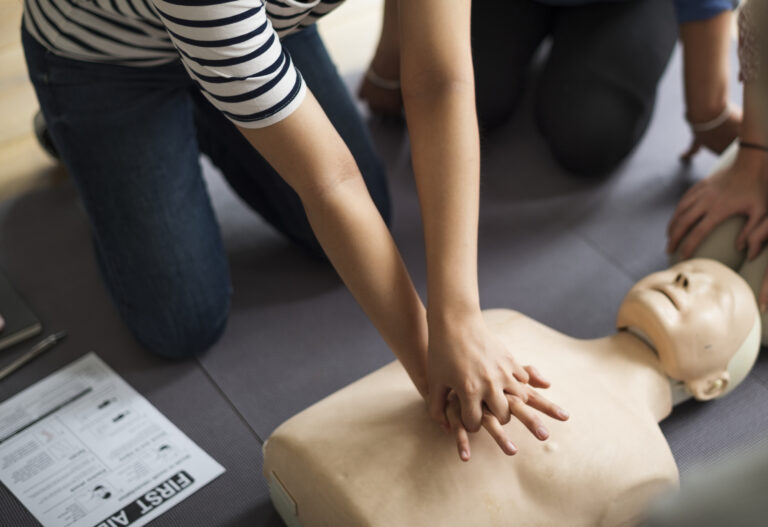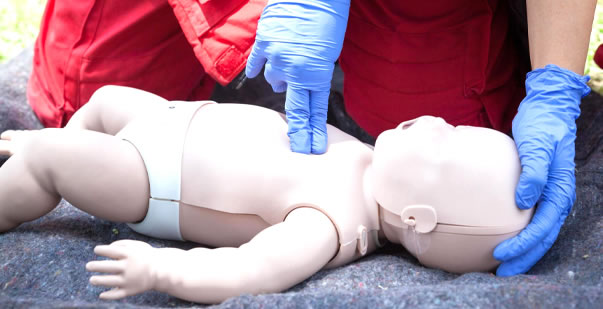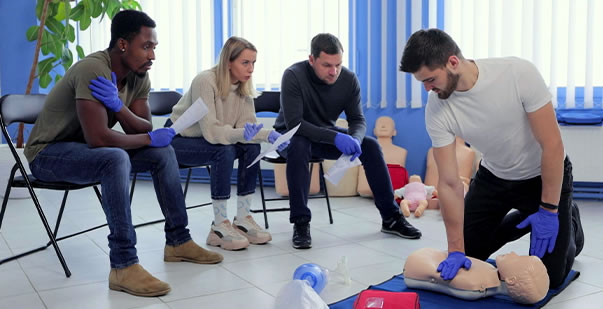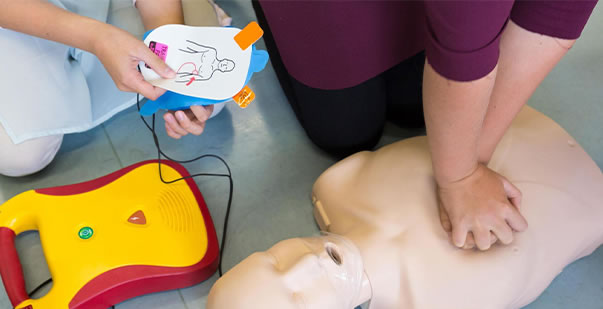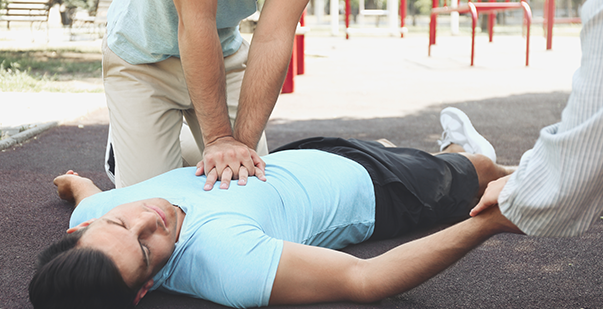Do you feel like you have hit a stump at work, and there is no progress? You can change your situation by upskilling and signing up for a life-saving course. With the umpteen choices of courses available online, it can be tough to choose a course that will help you secure a higher position at work.
An online CPR certification will bring you the respect and recognition that can be used to move up in your career. An AED certification training course will be an added feather to your cap. If you register for these courses with the American HealthCare Academy it will help you shine as it will bring the humane side of your personality to the front. Continue reading the article to learn more about CPR and AED. It will be beneficial to make the right choice in selecting the perfect online CPR course.
What are the different types of CPR?
If you don’t know this already, maintaining healthy blood circulation is essential to survival. The CPR method must be the first and most important thing you must perform on an unconscious patient. It will help in the revival of the patient’s cardiopulmonary improvement. It is performed on adults, children and infants during cardiac and choking emergencies. The steps for each patient slightly differ and need to be administered appropriately.
Adult CPR, Child CPR, Infant CPR
Did you know there are three different types of CPR? The three variations discussed below are based on the recipient patient. They include adult CPR, infant CPR, and child CPR. All three versions vary.
- Adult CPR: It is performed when the patient is an adult. The patient’s rib cage is fully formed and can withstand the pressure of two palms. The adult’s lungs work to full capacity as they do not have delicate organs. Unlike child CPR, you do not need to support the adult patient’s head while administering CPR. While regularizing the patient’s breathing, an adult is given two full rescue breaths so that the patient can start breathing. Most importantly, an adult’s reaction on waking up is different when compared to that of a child or an infant.
- Infant CPR: Unlike adult CPR, infants are very tiny and need head support while performing CPR. They may shake their heads forcefully upon reviving, leading to further injury. When using this technique on infants, ensure you deliver chest compressions using only two fingers. The air provided during mouth resuscitation must be given such that it should only puff up their tiny cheeks. Both of these steps should be controlled keeping in mind the delicate bone framework of the infant.
- Child CPR: Children have sturdy bodies, but you must also be careful to use a gentle hand during CPR. Use only one palm for providing chest compressions to ensure you prevent causing injury to their breakable ribcage. The breaths you provide during resuscitation should be gentle and well-timed to be cautious that you do not cause any internal organ damage.
How to maximize your CPR training?
Taking an online CPR certification is the best thing you can do to upskill yourself and save someone’s life in a time of need. Below are a few points that will help you understand how upskilling will help you get that promotion or job you need.
- Your certification will give you the confidence to use your gained knowledge in reality. If you come across a cardiac arrest patient, you can help save their life and become a superhero.
- Notify your company HR about your course. You can request them to place you on the company’s medical team.
- Your AED and CPR certifications will open the doors to the healthcare industry. If that is your long-term plan, make the most of the course with AHCA, and maximize your certification with an updated CV.
- Finally, you can show off this certification to close family and friends and surprise them. Help them feel safe and assure them that you are there for them when an emergency arises.
How to use AED and what is its importance?
If there is an AED machine, use it instead of performing CPR. AED stands for Automatic Electronic Defibrillator. The machine gives out electromagnetic waves to the heart, so when the patient goes through a cardiac arrest, the nerve impulse promotes the muscles to contract and ceases. The AED imitates the impulse and makes sure the heart muscles are revived.
- Start the AED machine if the patient is not responding after CPR.
- The machine comes with a set of instructions that assesses the patient’s heart rate.
- The automated machine decides the intensity at which the shock needs to be delivered to the patient. Once the device starts, make sure to run the machine’s two arms once it is charged.
- After that, stand at a distance and place the device’s arms on the patient’s bare torso.
- Provide two shocks to the patient while ensuring the patient is safe and secure.
- Before starting the process, find out if the patient needs head support as the body rises and falls back during a shock.
Conclusion
Whether you’re in the medical industry or a layperson, you should constantly work on upskilling your resume. It is the only way to climb the corporate ladder and help you secure a top position in the company of your choice. A CPR online certification will boost your career, helping you make the most of your life. With the right CPR course from a reputable institute like AHCA, you need not hesitate before taking the plunge. Their courses will be a savior as they provide you with the flexibility of self-paced learning. You will find their study material easy to understand as their certification comes from OSHA-certified tutors. Log onto the AHCA website and upskill yourself today. Explore CPR Care Near Me, where you can find institutes near you.






